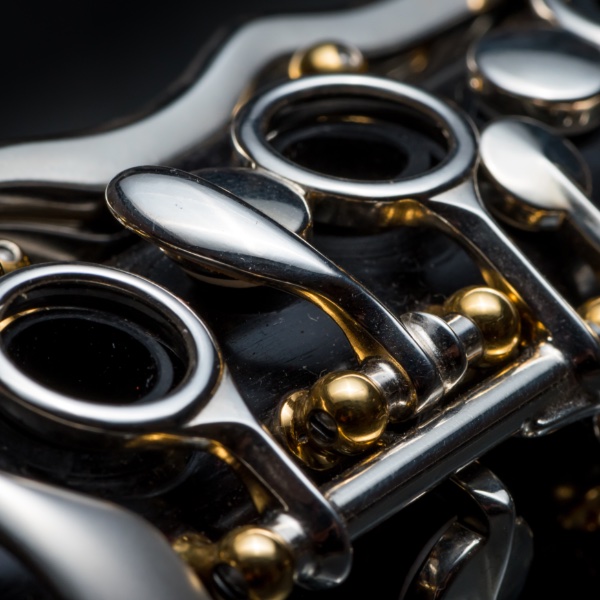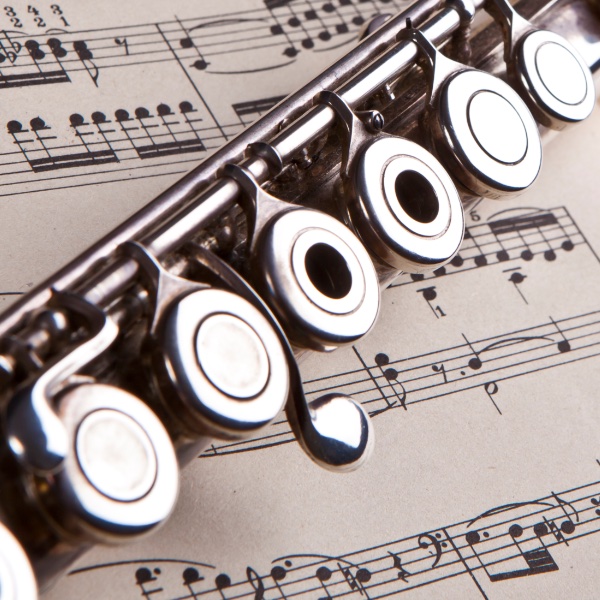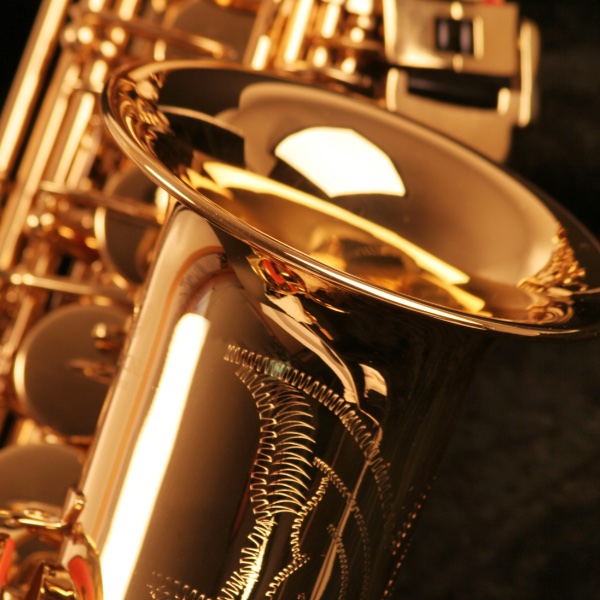Woodwind instruments are designed with complex and delicate key mechanisms. A key, used at the top of the instrument could control a lever, or key at the bottom of the instrument. Additionally, there may be a key is designed to cover two tone holes at the same time.
This means everything must work in sync in order for the instrument to play properly.
If a pad does not cover, or seat, a tone hole correctly, air will leak from this area, preventing the instrument from working correctly. The repair technician uses a special light that is inserted inside the instrument to evaluate what might be causing the problem. There could be many potential problems, including a bent key or lever that is not covering a tone hole correctly or a torn pad, causing air to leak around the pad, preventing a proper seal. Depending on the condition of your instrument, repair options are as followed.

Clarinet Repair Services:
- Fitting New Pads (Leather, Synthetic)
- Fitting New Tenon Cork
- Fitting New Key Cork
- Bent Keys and Regulation
- Clean, Oil and Polish for Key-work

Flute Repair Services:
- Fitting New Pads
- Adjusting Existing Pads
- Bent Keys and Regulation
- Clean, Oil and Polish for Key-work
- Adjusting loose head-joint fit
- Fitting New Key/Head Cork

Saxophone Repair Services:
- Fitting New Pads
- Fitting New Crook Cork
- Fitting New Key Cork/Felt
- Bent Keys and Regulation
- Tone Hole Levelling
Make Play
If the instrument has been playing correctly and suddenly the low notes won’t play or
it “squeaks” on certain notes, something needs to be looked at. This would be a MAKE PLAY repair. Replacing a pad or two, adjusting a bent key, replacing a small cork, or adjusting the movement within the keys will bring the instrument back to playing condition.
Mechanical Overhaul
The instrument is taken completely apart and old pads, corks and felts are removed. Metal bodies and keys are ultra sonically cleaned and polished. Any dents are removed. Wood bodies are cleaned and oiled. Hinge rods and pivot screws are cleaned and lubricated. Tone holes are leveled for proper seating. The instrument is then re-assembled with new pads, springs (if needed), corks, and felts. Each key is regulated for proper height and alignment.
The overhaul procedure will bring the instrument back to a condition as if it just came from the factory
